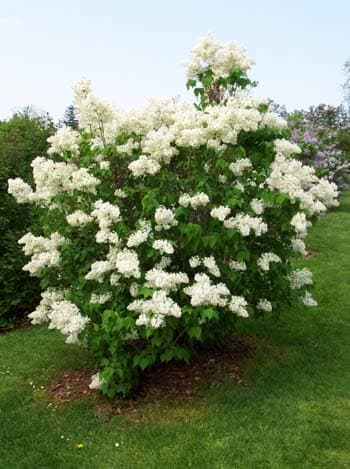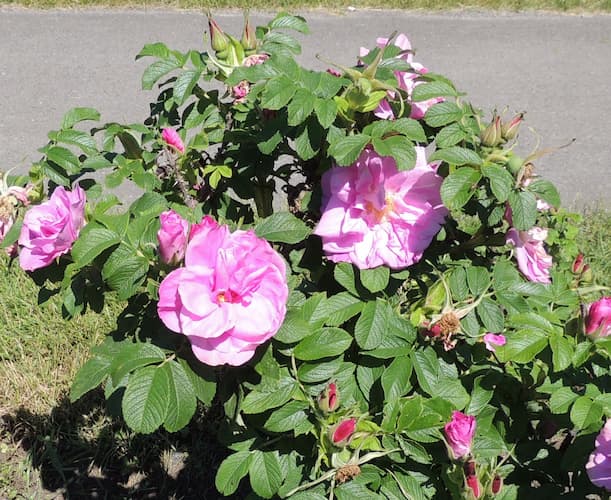Transplanting Bushes, Shrubs, and Trees

Transplanting Bushes, Shrubs, and Trees in Your Backyard
Got a bush or shrub to move? Not sure if it can be done? You’ve never transplanted a bush before!? Don’t worry or fret. Transplanting bushes and shrubs is easier than you might think. Most bushes and shrubs can be transplanted successfully. A smaller bush usually transplants better, with a higher success rate, than an older, larger bush. However, we’ve seen some pretty big bushes moved successfully, from one spot to another.
As a rule of thumb, spring is the best time to transplant most types of bushes, shrubs, and trees. During the spring, there’s more moisture in the soil, plants are growing at their fastest rate, and the weather is cooler. Sometimes, during other times of the year, homeowners and gardeners come upon a situation where their bush or shrub must be moved. When faced with a “must move, or else” situation, by all means, try to transplant it. After all, what is the alternative!?
Transplanting can affect the blooming of flowering bushes and shrubs. Often, the transplant will produce few or no flowers the next year. Normal blooms will return the following year. Transplanting can also affect the production of fruit and berries from bushes and trees. Again, it usually affects one year after it is transplanted.
Here's the Basic Instructions Successfully Transplanting Bushes and Shrubs
- Give the plant a trim. Cut off about 1/3 of the plant foliage. Less foliage allows the plant to focus on re-growing the root system.
- Remove the plant from its current location. Importantly, dig deep and wide. The more roots you get, the more successful the transplant, with less transplant shock.
- The bigger the plant, the wider and deeper you need to dig. The taproot of trees, the taproot can go deep. Get as much of the taproot as reasonably possible.
- Minimize disruption of the root system. The more soil you take, the less likely you will break small, feeder roots.
- DO NOT shake the soil off the root system. Shaking the plant breaks feeder roots.
- Dig a hole in the new location. Make the hole about twice as big as the root system.
- Add plenty of compost.
- Add peat moss, 1 part peat moss to 2 parts native soil. About Peat Moss
- Place the plant into the hole. Examine the bush or tree to determine which side looks best, and where you want to position the best side.
- The bush or tree should be planted to a depth level to where it was in its original location. Planting deeper does not help the plant. Rather, it can harm it.
- Begin to fill the hole with a mixture of garden soil, peat moss, and compost. Keep the plant upright while filling the hole.
- After filling the hole, firmly tamp down the soil. Tamping down hard can break roots. If the soil sinks around the edges of the hole, add more soil.
- Water thoroughly and deeply. We recommend using a light solution of liquid fertilizer or seaweed fertilizer at transplanting time.
- Apply water regularly. Keep the soil moist, not wet for 3-4 weeks. This helps roots to re-establish themselves.

Transplanting Tips
Tip: If transplanting during hot weather, provide a light shade for your transplant for a few days. This minimizes wilting, and possible leaf burn from the sun.
Related Articles
Please support our site. Shop for:
- rmmatthews100@hotmail.com
- 585-721-6528
- Rochester, NY
©1999-2024 GardenersNet.Com, All Rights Reserved

